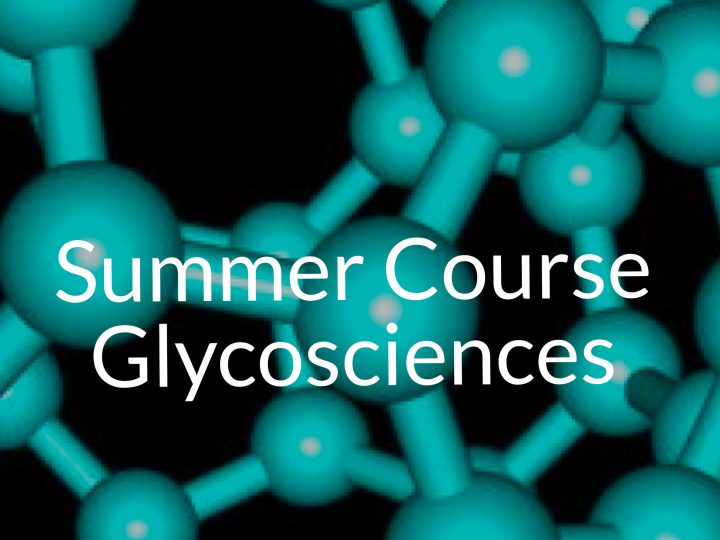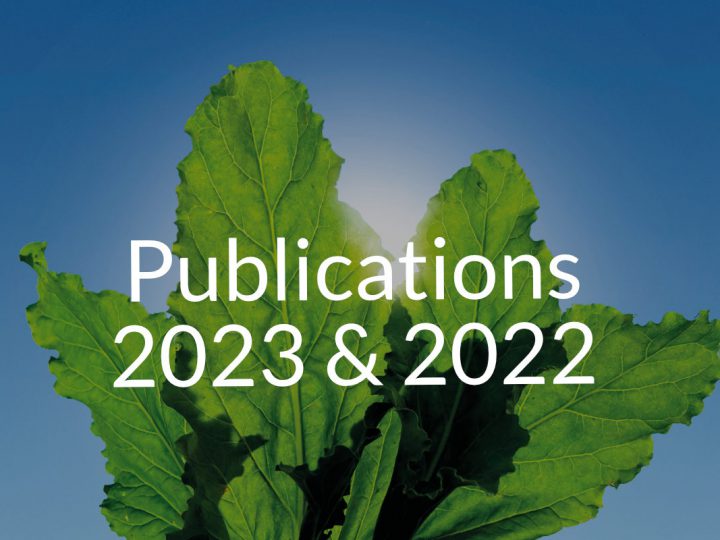Wageningen University & Research scientists were able to demonstrate successfully how microbiota in the gut digest food, by measuring the gases mice inhale and exhale. This non-invasive method shows that the microbiota digest food in different ways, depending on the kind of food available. For instance, microbiota seem to ferment food that is hard to digest more readily than food that is easily digested. In a recent article in Nature WUR scientists describe this new and animal friendly method to gain more insight into the relation between healthy food and a healthy gut.
The new method used in Wageningen is ready to be applied for human use, says principal scientist Evert van Schothorst: “Rooms in which human breath can be measured are already available. By equipping such rooms with specific sensors, we can measure the food digestion of the gut microbiota in real time. These measurements will yield important information on gut health and, in the future, on serious diseases like the Crohn syndrome and Irritable Bowel Syndrome. These results also tell us more about healthy food and how the composition of the gut microbiota impacts our sense of satiety. The more we know about this phenomenon, the better we can handle disorders like overweight, obesity and related diseases.”
Measuring the breath of mice
Van Schothorst and his team put cages with mice in a commercial indirect cerimetry system. In this way it was possible to measure oxygen and carbon dioxide, as well as hydrogen gas and methane gas. These latter gases are produced by the gut microbiota themselves. By using this non-invasive method, the activity of the gut bacteria could be measured in real time. The mice were fed semi-purified diets. One diet was enriched with 100% amylopectin, the other one with a combination of 60% amylose with 40% amylopectin. Within a few hours, it became clear that the diet containing amylose resulted in a higher concentration of hydrogen gas. Furthermore, the hydrogen production showed a cyclic movement: a significantly higher production of hydrogen in the light period, when mice feed less than in the dark period.
Significant changes in the bacterial composition
The WUR microbiology group of Prof. dr. Hauke Smidt analysed the bacterial composition in the faeces of the mice. This analysis showed that the bacterial composition changed significantly after four to five days. These changes were still visible after three weeks. In both cases there was a significant difference in hydrogen production between the amylose diet and the pure amylopectin diet and this was the only parameter that also correlated with the changes in the bacterial composition.
New possibilities for further research
In conclusion, the addition of fermentation gas sensors to the indirect calorimetry system offers new possibilities for analysis within the field of nutritional interventions and intestinal health.
The research was carried out primarily at the WUR by PhD student Jose Fernandez-Calleja. He belongs to the group of dr. Evert M. van Schothorst at the WUR chair of Human and Animal Physiology (Prof.dr. Jaap Keijer). His article was published in Scientific Reports and can be read at Open Access: https://www.nature.com/articles/s41598-018-33619-0




